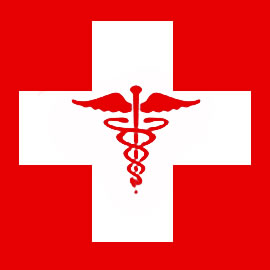
Health Services is one of the largest industries in the country, with more than 11 million jobs, including the self-employed. The health services industry includes establishments ranging from small-town private practice physicians who employ only one medical assistant to busy inner city hospitals that provide thousands of diverse jobs. More than half of all non-hospital health service establishments employ fewer than five workers. On the other hand, almost two-thirds of hospital employees were in establishments with more than 1,000 workers.
- Health Science Education
- Diagnostic Medicine
- Anatomy and Physiology
- Forensic Science
Health Science Education
- Recommended Credits: 1
- Recommended Grade Level(s): 9-11th
- Prerequisite Classes: None
This course is an introduction to broad standards that serve as a foundation for Health Care Occupations and functions across health services. Units included are academics in health care communications systems, legal responsibilities, ethics, teamwork, and safety practices.
Diagnostic Medicine
- Recommended Credits: 1
- Recommended Grade Level(s): 10-12th
- Prerequisite Classes: None
Diagnostic Medicine creates a picture of an individual’s health status at a single point in time. This could include following careers and career areas: audiologist, cardiology, imaging, medical laboratory, radiography, nuclear medicine, sterotactic radiosurgery, cytotechnology, clinical laboratory
Anatomy and Physiology
- Recommended Credits: 1
- Recommended Grade Level(s): 11-12th
- Prerequisite Classes: None
Health Science Education Anatomy and Physiology is a course in which students will examine human anatomy and physical functions. They will analyze descriptive results of abnormal physiology and evaluate clinical consequences. A workable knowledge of medical terminology will be demonstrated.
Forensic Science
- Recommended Credits: 1
- Recommended Grade Level(s): 9th-11th
- Prerequisite Classes: None
This course is an introduction to broad standards that serve as a foundation for Health Care Occupations and functions across health services. Units included are academics in health care communications systems, legal responsibilities, ethics, teamwork, and safety practices.

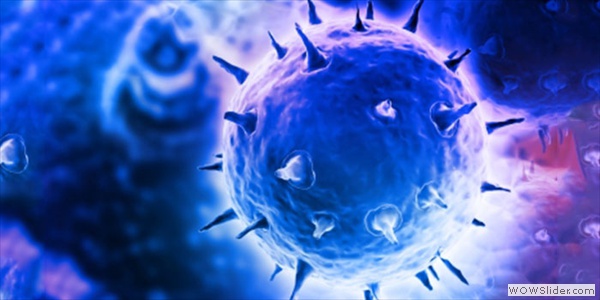
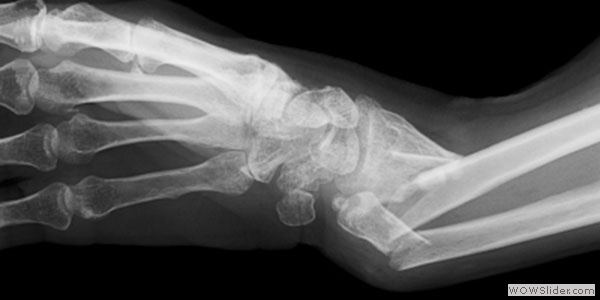
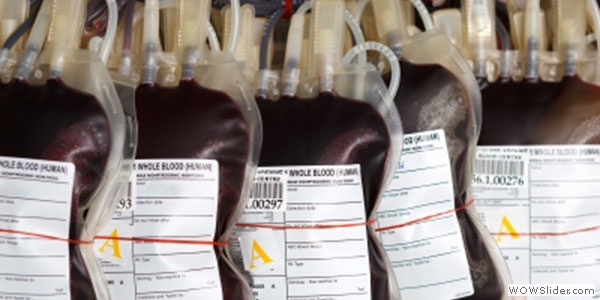
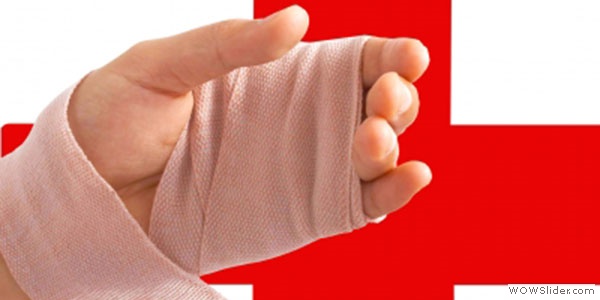

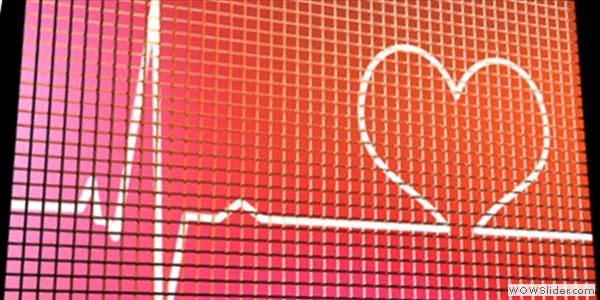
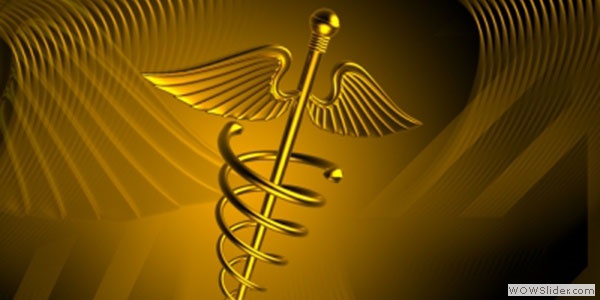
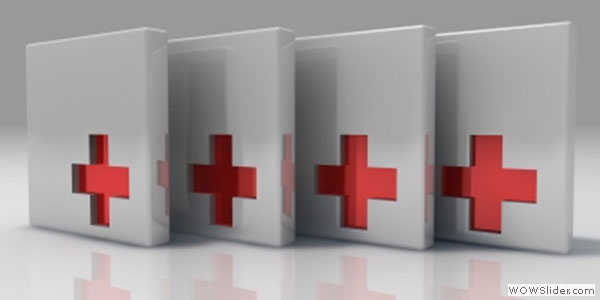
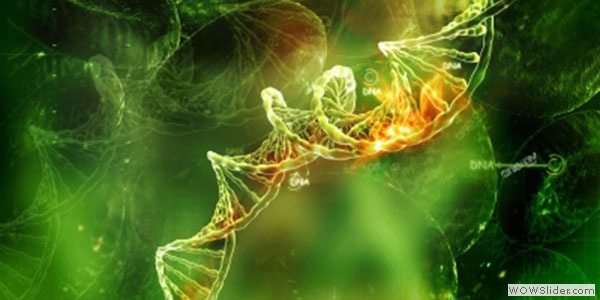
 1
1 2
2 3
3 4
4 5
5 6
6 7
7 8
8 9
9 10
10